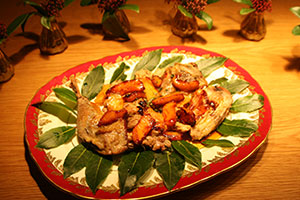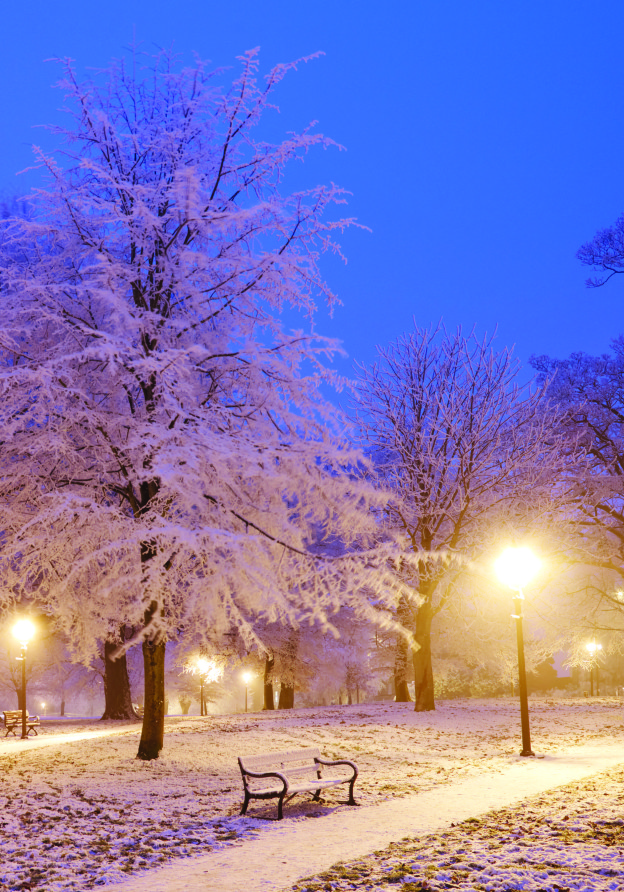There are so many things a gardener wants to find under the tree on Christmas morning. But not another decorative fork and trowel set with floral design handle and little practical use, or that grainy, green organic soap, please Let’s get serious and define gardening up front here, as it relates to the garden owner:… Continue reading Christmas Presents for Gardeners
Tag: Christmas
What Are the Plants of Christmas?
Traditional is what you make it at the end of the day, but green and red is the classic theme, and in late December your suitable plant options are limited. Only evergreens are in leaf, and few plants are flowering in the house or in the garden; florists can source flowers from greenhouses. Norway Spruce… Continue reading What Are the Plants of Christmas?
Cooking with Cider this Christmas?
How about pheasant with caramelised apple and cider sauce! Ingredients (to serve 2-4) Method Pheasant and cider sauce Caramelised apples Once the sauce mixture is reduced, pour over and serve! Top tip This is a lovely, tasty wintery dish using well hung pheasant, but if you’re not the gamey type, it works equally well… Continue reading Cooking with Cider this Christmas?
Freezing weather & bareroot plants
Most of the damage caused to bareroot plants in cold, freezing conditions is to the delicate roots themselves. The roots are fine, fibrous structures with a high water content: moving them, or even the slightest touch whilst frozen, can cause damage. Almost all of a shrub or a tree’s energy reserves are stored in the… Continue reading Freezing weather & bareroot plants




